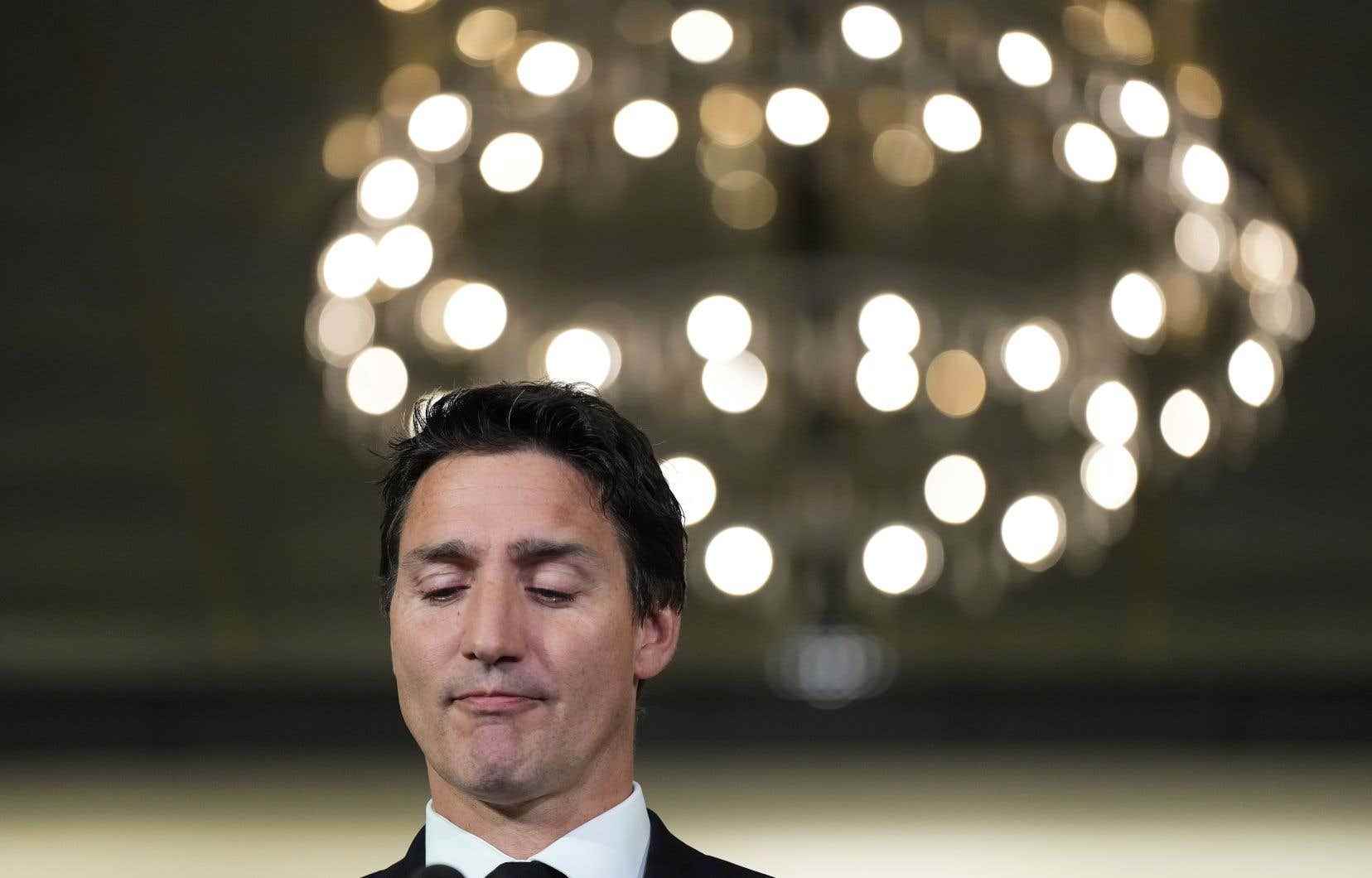The death of Queen Elizabeth II shook all of Canada like the rest of the planet. Prime Minister Justin Trudeau said he was sorry to have lost “one of [ses] favorite people”. The monarchical protocol being settled to the quarter turn, the new king Charles III immediately acceded to the throne. However, if this change of reign only leads mainly to a change of name in Canada, the symbolism attached to the new monarch could on the other hand be reviewed, predicts an expert on the question.
Ministers and deputies will not have to take another oath in the coming days, to His Majesty the King rather than to Her Majesty the Queen. Federal laws do not have to be changed. Parliament is not dissolved, and the Governor General remains in office. “King Charles has the same legal personality as Queen Elizabeth II. It is essentially a charge, a legal entity that remains in place. This avoids all these aspects of transition,” explains Philippe Lagassé, expert on the Westminster parliamentary system at Carleton University.
Ditto for passports and coins bearing the image of the Queen, whether coins or $20 notes. These coins remain legal tender, the Royal Mint confirmed last year. The banknotes will circulate “for many more years”, warned the Bank of Canada. It will later be up to the Minister of Finance to approve the new graphics.
Canadians, however, have shown less affection for Charles than for his mother for months. A survey by the firm Angus Reid revealed in April that 29% of Canadians had a favorable opinion of the prince, before he became king, against 63% for Queen Elizabeth II.
“There are decisions to be made regarding symbolism,” says Professor Lagassé. Canada will not deny the monarchy. Only 51% of Canadians would like it, according to Angus Reid. Above all, such a constitutional change would require the agreement of both Houses of Parliament and of all the provinces and territories. These as well as the indigenous communities would brandish in the wake of other demands.
The debate could therefore rather be revived, once the period of mourning has passed, as to the place of the monarchy in Canadian daily life, according to Mr. Lagassé. “The government could tell itself that it cannot change the monarchy, but decide to make it less present. »
By abandoning King Charles III for his currency, he cites as an example. Or by following suit in Quebec, where the Prime Minister himself recites his opening speech in the National Assembly, while the Governor General recites the Speech from the Throne in the federal Parliament. Queen Elizabeth II herself recited it twice, in 1957 and 1977. Canada could also forego having its citizens take the oath to Her Majesty, as Australia has already done. Internet users also reported Thursday that the oath of citizenship had been modified according to King Charles III.
Philippe Lagassé notes that Justin Trudeau’s government has been less monarchical than that of his predecessor Stephen Harper – who notably distributed thousands of medals to Canadians to celebrate the Queen’s Diamond Jubilee in 2012.
National mourning and ceremony
Reflection on Canada’s attachment to its new king is far from over. The Trudeau government is still deciding on the protocol for the next few days.
Under rules dating back to 1968, the government could declare the day of the sovereign’s funeral a public holiday. The Prime Minister must also address Parliament, which is in recess until September 19, to offer his condolences and acknowledge the accession of the new king.
Prime Minister Trudeau, who canceled his political announcements scheduled for Thursday and Friday, was visibly moved an hour after the official announcement of the Queen’s death. “I have a hard time accepting that the last time I saw her will be the last. I will miss his conversations very much, ”he said sorry. “She was interested, interesting, engaged, curious, funny. She advised me a lot, helped me a lot, ”recounted Mr. Trudeau, who had first met her as a child when his father was prime minister. “Canada is in mourning. »
Queen Elizabeth II will have reigned for more than 70 years, seen 12 Canadian Prime Ministers and made 22 official visits to Canada. During her last, in 2010, she said her mother once referred to Canada as a second home. “I am happy to report that this is still the case,” she told Prime Minister Stephen Harper.
A 10-day mourning period has been declared. The flags were lowered. Buildings such as parliament, museums, city halls and the seats of legislative assemblies will be illuminated in a royal blue hue.
A national memorial service will be held at Christ Church Cathedral in Ottawa on the day of the funeral in London. A commemorative parade will precede it. A flypast will close it.
Governor General Mary Simon signed the book of condolences Thursday evening at Rideau Hall. “Until her final days, she remained committed and devoted to her country, to the Commonwealth and to her family. With his departure, we mourn the end of an era, ”said the representative of the monarchy in Canada.
Acting Conservative Party leader Candice Bergen mourned “with unspeakable sadness” the loss of the Queen and offered her condolences to the new King Charles III, “may he reign long”. The party said it was looking for an “appropriate and respectful” way to replace the rally scheduled for Saturday to announce the election of its new leader.
Bloc Québécois leader Yves-François Blanchet, whose party opposes the monarchy, tweeted his condolences to the British people and the royal family, but felt, like Parti Québécois leader Paul St- Pierre Plamondon, that the half-masting of the Quebec flags was “a bit too much”.
The leader of the New Democratic Party, Jagmeet Singh, for his part praised the “life of history and duty” of the sovereign.
With Dave Noel
